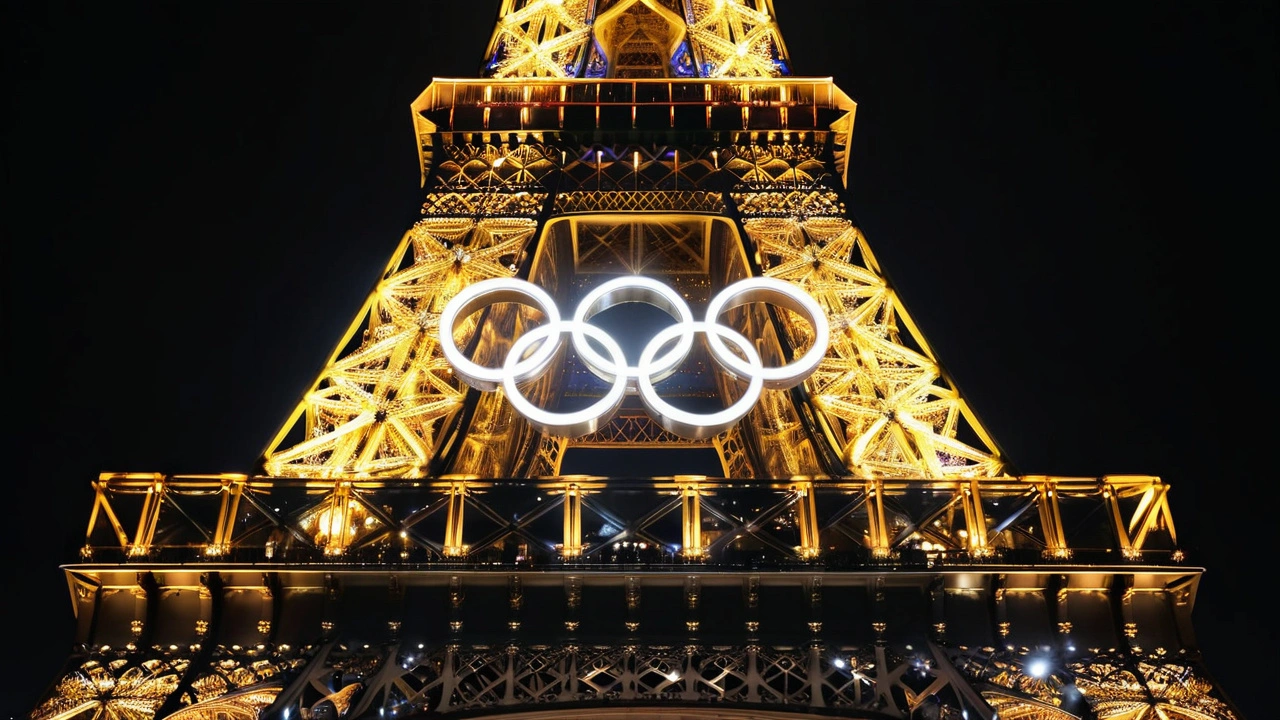If you've ever watched the Olympic Games, you know the Olympic Torch is more than just a flame—it's a symbol that connects millions around the globe. But where does this tradition come from, and why does the torch relay have such a special place in the Games?
The Olympic Torch first appeared during the 1936 Berlin Olympics, inspired by the ancient Greeks who lit a sacred fire throughout their festivities. Today, the torch relay kicks off months before the Games begin, traveling thousands of miles by runners, cyclists, and even swimmers. The goal? To spread the Olympic spirit far and wide, building excitement and symbolizing peace and friendship.
The flame itself represents purity, the striving for perfection, and the pursuit of excellence. Each relay runner carries this flame as a messenger of hope and determination, celebrating human achievement and unity. Lighting the cauldron at the Olympic stadium officially opens the Games, marking the start of a global celebration of sportsmanship and courage.
Beyond just the ceremony, the torch has become a cultural icon inspiring countless people. It shines a light on host countries, highlighting their history and culture during the relay. Plus, it reminds us all of the shared values behind the competition—respect, friendship, and fair play.
Every edition of the Olympic Games brings new stories about the torch relay—like the unique ways the flame travels or the remarkable torchbearers chosen from all walks of life. This modern tradition keeps growing, making each Olympics unforgettable.
So next time you see the Olympic Torch lighting up the night sky, remember it’s not just a symbol for sports fans but a global message that we’re all connected through a shared passion for excellence and unity.
